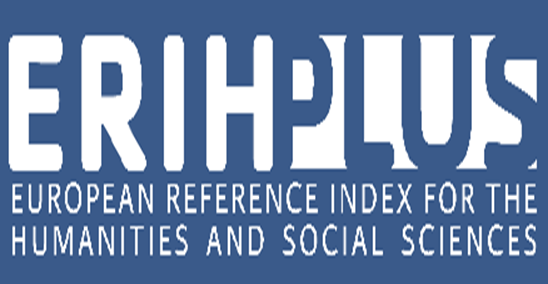Рукописи исторического сочинения Jāmiʿ at-Tawārīkh «Сборник летописей» Кадыр Али бека
Просмотры: 258 / Загрузок PDF: 607
DOI:
https://doi.org/10.32523/2664-5157-2022-2-96-115Ключевые слова:
Кадыр Али бек, Jāmiʿ at-Tawārīkh «Сборник летописей», Санкт- Петербургская рукопись, Казанская рукопись, первая Лондонская рукопись, вторая Лондонская рукопись, неподтвержденные рукописи Кадыр Али бека.Аннотация
Jāmiʿ at-Tawārīkh «Сборник летописей» – это историческое сочинение
Кадыр Али бека, датируемое 1602 годом. Первоисточник сочинения,
с большой долей вероятности, не дошел до наших дней. Однако на
сегодняшний день известны два списка (Санкт-Петербургская рукопись и
Казанская рукопись) и три фрагмента (фрагмент из села Кышгары, первая
Лондонская рукопись и вторая Лондонская рукопись) данного сочинения.
Также имеются две зарегистрированные под авторством Кадыр Али бека
рукописи (Парижская рукопись и Берлинская рукопись). Авторство двух
последних рукописей вызывает сомнение.
В данной статье были проанализированы все известные на сегод-
няшний день списки и фрагменты сочинения Кадыр Али бека. В ходе
исследовательской работы было выявлено, что два списка и три фрагмента
не представляют сильных текстологических расхождений, за исключением
некоторых незначительных различий в орфографии. Два списка дополняют
друг друга и являются копиями, вероятно, из одного первоисточника.
Фрагменты сочинения не несут никакой дополнительной информации и,
соответственно, не представляют ценность в текстологическом смысле,
однако являются важным свидетельством значимости сочинения Кадыр
Али бека. Местонахождение Лондонских рукописей вызывает особый
интерес, порождая вопрос появления фрагментов сочинения из «Сборника
летописей» в Британии. Особенностью Лондонских рукописей является
наличие в тексте приписок из полей Санкт-Петербургской рукописи,
представленных в виде конкорданции слов.


























